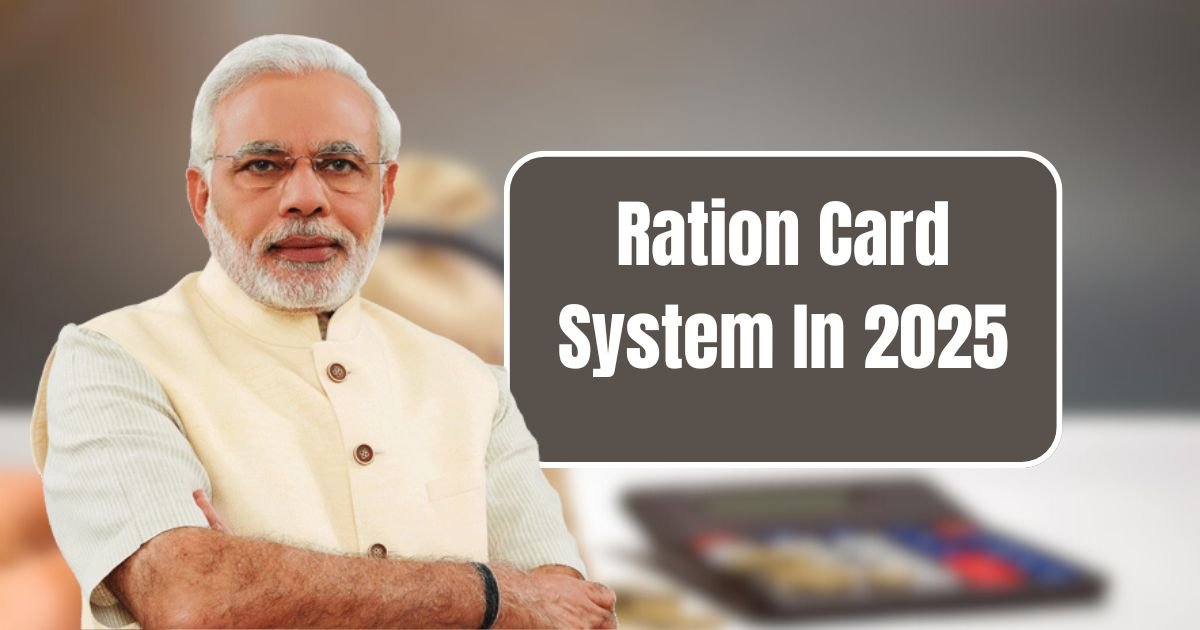Consider a framework that guarantees affordable nutrition for billions of people while automatically adapting to new technologies for increasing inclusiveness and efficiency. India’s Income Ration Card System in 2025 is doing exactly that; re-engineering food access for low-income households. In a nation where technology is advancing rapidly, the system acts as a safety net for the poorest and most vulnerable, striving for a hunger-free India. In this article, we highlight the most recent changes, the groundwork for eligibility, and the advantages that the ration card system offers in 2025.
Revamped Food Security Strategies
Public Distribution Systems (PDS) facilitates the purchase of subsidised grains such as rice and wheat for eligible households under the Income Ration Card System. As of the year 2025, the system has been modernised with the introduction of e-ration cards and Aadhaar-linked verification enhancing transparency. Moreover, the ONORC (One Nation One Ration Card) scheme that allows ration access from any part of the country stands as a relief to migrant workers.
Streamlined Eligibility Criteria
As of 2025, ration cards eligibility is based on income and socio-economic factors. This system is a relief for marginalised groups as it is designed to ensure that the benefits reach the eligible population. State-bordered income criteria, which are document-restricted to Aadhaar-linked credentials, must be met by households. Further, the introduction of annual e-KYC processes from 2025 ensures accurate data on the beneficiaries, mitigating fraud.
Types Of Ration Cards
To address the distinct economic needs, the system classifies ration cards into various categories. Each category is designed to provide a certain set of benefits to households based on income, which has been refined to ensure balance during the 2025 reforms.
E-Transformation And Access Issues
The introduction of e-ration cards has improved access. Beneficiaries are able to download their cards from state PDS portals using their ration number and Aadhaar number. The entire process is completed in a few steps, guaranteeing prompt access to benefits. Moreover, the digitisation of ration cards streamlines processes, minimises the need for paperwork, and fosters efficiency.[]()
Additional Support For Vulnerable Groups
The 2025 system not only provides food subsidies. Additional welfare programmes are accessible to ration cardholders, including LPG subsidy, providing holistic economic stabilisation. Furthermore, the PMGKAY continues to reinforce food security by providing free rations to the poorest families until March 2026.[]()
Ending Note
The ration card system of 2025 is a clear indicator of the government’s intent towards advancing food security in the country. It strengthens the socio-economic status of the citizens by enabling the access to food with the help of technology along with policy transformations. Actively engaging with the online portals of PDS helps families gain these services to the fullest.
Also Read: Income Tax Rules 2025: Key Changes Taxpayers Should Know


